Carbon Impact of Tree Planting
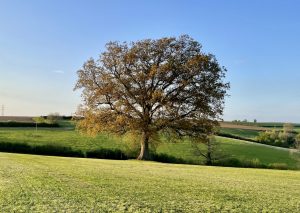
Every year humans release 40 billion tons of greenhouse gases (like methane) and carbon dioxide (CO2) into the atmosphere, something that needs to change if we’re going to stop the effects of climate change from worsening. As we all learned in science class, trees remove carbon from the atmosphere during photosynthesis, making planting them an excellent way to offset our carbon emissions. The carbon offset of one tree (at maturity) can be up to 22lbs per year during its first 20 years of growth, meaning a hectare of trees removes between 5 and 45 tons of carbon in the same timespan. In England, the government plan to plant 180,000 hectares of trees by the end of 2042 as a means of reaching their goal to become carbon neutral by 2050. The question is, where should these trees be planted and how can the public help to reach this target by planting trees themselves?
Right tree in the right place
In the coming years it might be tempting to encourage, on an individual and national level, as much tree planting as possible in order to backtrack the effects of climate change, but tree planting needs some consideration in order to offset carbon emissions, taking into account which species, or combination of species, can store the most carbon and which areas are the best for planting. There are certain places where trees shouldn’t be planted, not just because they might interfere with our homes and infrastructure, but because planting trees in these areas could actually have a negative carbon impact. One example of this is Scotland’s peatlands, which hold 20 times more carbon than the UK’s forests; planting trees in these areas would necessitate their draining, and result in more carbon being released than the forest planted would be able to absorb.
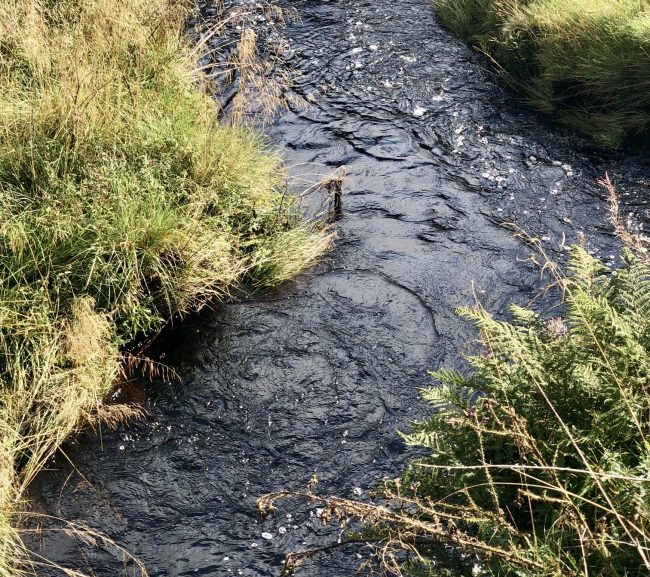
Stream flowing through peat moorland
Instead, trees should be planted in areas where they will benefit the surrounding area and be able to store the most carbon. Luckily there are lots of low-risk areas available for planting trees to offset carbon in the UK, such as low-quality agricultural land, marginal land or existing forests that are under managed. Around 1/3 of carbon sequestration needed for the country to become carbon neutral by 2050 could come from improving the management of existing forests by encouraging carbon storage and resilience in existing trees and helping younger and better trees to thrive. Planting trees on agricultural or ex-agricultural land can have similar benefits.
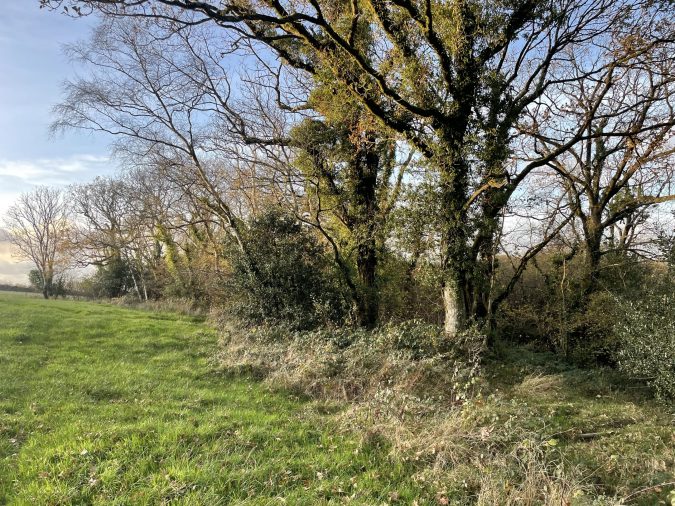
Carbon impact of tree planting
Urban tree planting
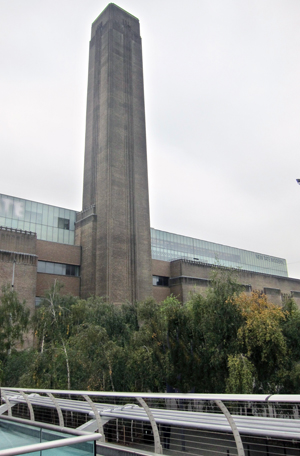 There are also potential benefits to afforestation and tree restoration in urban areas. Global warming has come with the rise of urbanisation, causing tree coverage to become sparser in urban areas. As trees have a cooling effect, cities have become hotter, developing ‘heat islands’ where roofs and dark construction materials absorb solar energy and radiate it back. Planting trees in areas with asphalt can reduce this warming, and provide more shade and water. Afforestation to reduce air pollution is an effective strategy in urban areas, as trees absorb pollutants.
There are also potential benefits to afforestation and tree restoration in urban areas. Global warming has come with the rise of urbanisation, causing tree coverage to become sparser in urban areas. As trees have a cooling effect, cities have become hotter, developing ‘heat islands’ where roofs and dark construction materials absorb solar energy and radiate it back. Planting trees in areas with asphalt can reduce this warming, and provide more shade and water. Afforestation to reduce air pollution is an effective strategy in urban areas, as trees absorb pollutants.
Be aware that certain species, such as Eucalyptus and Pines, emit high volumes of volatile organic compounds (VOCs) in particular environments, such as when combined with high temperatures and high nitrogen oxide concentrations (i.e. urban centres), so can contribute to the formation of ozone and carbon monoxide. Tree planning in urban areas should prioritise increasing the number of low-VOC emitting trees and those with long life spans that require minimal maintenance.
Which species to plant?
No matter where you’re planting trees, planting native species is often encouraged; those which have been a part of the UK ecosystem for thousands of years. In the UK broadleaf species are native, and some species, such as oak and beech, have huge carbon storing potentials as they grow slowly, locking in significant volumes of carbon over time. Though some tree planting schemes have favoured faster growing trees like Sitka Spruces (as these will offset carbon more quickly), they may not yield such long term benefits over a longer timeframe. An important factor is not how fast a tree grows, but how much carbon it’s able to store when it reaches maturity.
It is also important to grow a diverse range of tree species in order for a forest to be efficient at offsetting carbon. Biodiverse forests store twice the amount of carbon as monocultural forests, so growing a combination of species such as broadleaves and Sitka Spruce will allow for more carbon to be fixed; with each tree species introduced to an area, there is an increase in 6% of its total carbon stocks. Different species grow at different heights and speeds, so this will provide more tree coverage and have short and long term carbon offset benefits, as well as providing habitats for a larger range of animals and improving the soil and climate conditions.
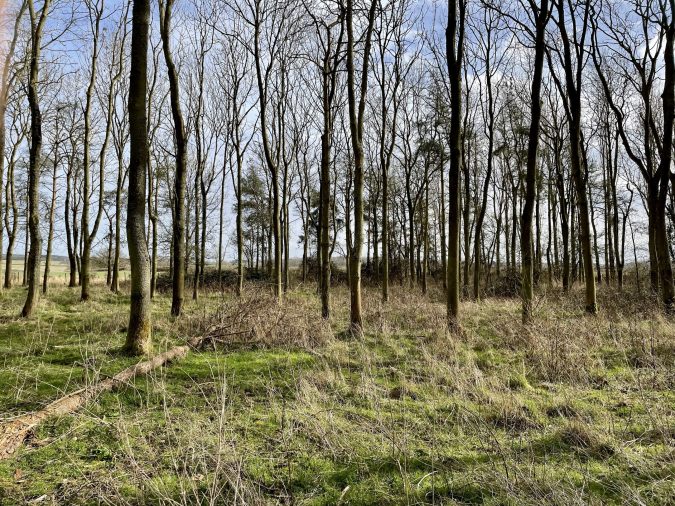
Carbon impact of tree planting
Get planting!
As you can see, planting trees has great potential to offset carbon emissions, but where we plant trees and what types of trees we plant defines just how effective trees can be at storing carbon. Whether you’re planting trees in your back garden or buying land to plant trees, it’s worth considering which species of tree you’re planting and whether the land is suitable for planting, ensuring the project has the best chance possible of removing carbon from the atmosphere!
Comments are closed for this post.
